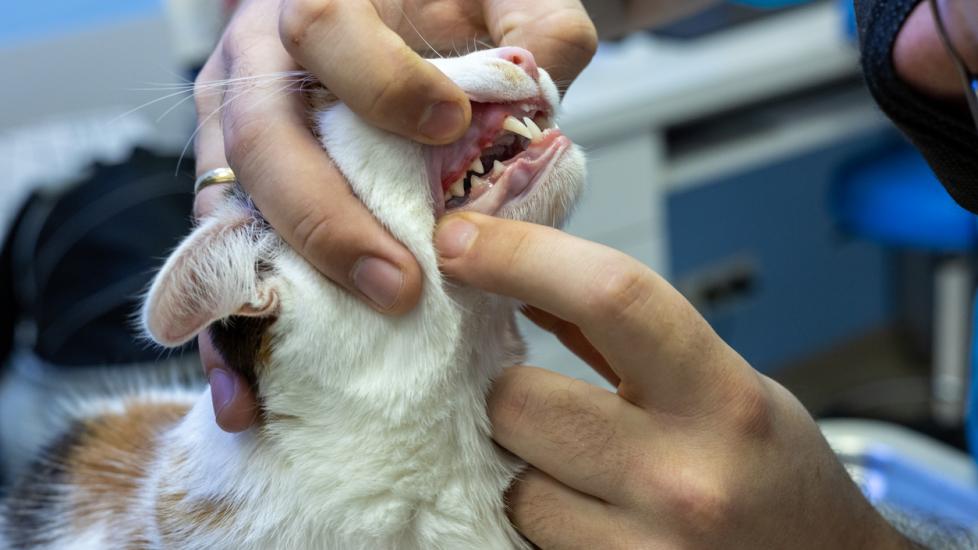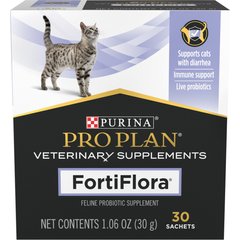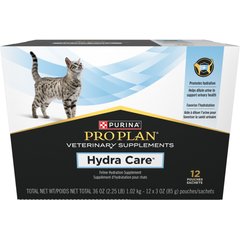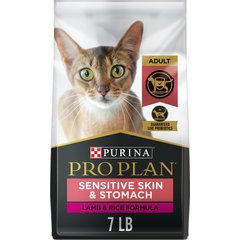Dental Issues in Cats
What Are Dental Issues in Cats?
Dental issues in cats are very common and can have serious consequences. According to the Cornell University Feline Health Center, 50-90% of cats older than 4 years of age suffer from some form of dental disease. For cats, tooth infections are one of the top reasons to see your veterinarian each year.
Fortunately, the most common forms of these diseases are preventable or treatable with appropriate dental care and monitoring. Common dental issues in cats include gingivitis, periodontal disease, and tooth resorption. It’s important for your cat to have a yearly physical examination with a veterinarian, since most cats do not show obvious symptoms of dental disease.
It’s equally important for your cat to have routine dental cleanings and oral examinations, done under general anesthesia or heavy sedation. These procedures include dental x-rays, which allow your veterinarian to detect hidden dental disease early in your cat’s life.
Vet Recommended Health Support
- Feliway Optimum Enhanced Calming 30 Day Diffuser for Cats$29.99Chewy Price
- Purina Pro Plan Veterinary Diets FortiFlora Powder Probiotic Digestive Supplement for Cats, 30 count$30.99Chewy Price
- Purina Pro Plan Veterinary Diets Hydra Care Liver Flavored Liquid Supplement for Cats, 3-oz pouch, case of 12$14.99Chewy Price
- Purina Pro Plan Adult Sensitive Skin & Stomach Lamb & Rice Formula Dry Cat Food, 7-lb bag$28.08Chewy Price
Symptoms of Dental Issues in Cats
-
Excessive drooling
-
Blood-tinged saliva
-
Halitosis (bad breath)
-
Yellow/brown tartar on the teeth
-
Pawing at the face, mouth, and head
-
Shaking head
-
Jaw- or teeth-chattering
-
Dropping food from mouth
-
Difficulty swallowing
-
Decreased or lack of appetite
-
Refusal of dry food or swallowing dry food whole
-
Preferring only wet or moist food
-
Weight loss
-
Loose teeth or tooth loss
Most Common Dental Issues in Cats
Dental disease in cats often starts with a buildup of plaque that hardens and becomes tartar. If the tartar is not removed, it will lead to gingivitis, a painful condition where the gums get inflamed. Gingivitis eventually leads to periodontal disease if left untreated. Cats may lose teeth and be prone to infections that affect other organs in the body. In many cases, dental disease causes a cat to stop eating, which leads to a variety of health problems.
Tartar and Plaque Buildup
Plaque is a thin film that develops on the teeth and is home to thousands of bacteria. Some plaque is removed naturally when cats eat or through actions by the cat’s rough tongue, but without daily tooth-brushing, mineralization occurs. When plaque hardens by absorbing minerals from both the saliva and the gingiva itself, it is called calculus or tartar.
Calculus provides a rough surface that disease-causing bacteria can attach to. Tartar has a rough surface that creates a perfect environment for more plaque to stick to, making dental disease worse.
Gingivitis
Gingivitis is an inflammation of the gums caused by an accumulation of plaque. Your cat’s mouth will become red, swollen, and painful. This inflammatory process starts when a thin layer of plaque, which contains bacteria, builds up on the teeth. If this plaque is not removed, the bacteria migrate deeper toward the gumline. The cat’s immune system will respond to these bacteria, leading to inflammation. Gingivitis has also been linked to a number of infectious or systemic diseases, including FeLV, FIV, severe kidney disease, and diabetes.
Luckily for cats that develop gingivitis, the condition is usually reversible. The treatment recommended will depend on how severely your cat is affected, but generally involves:
-
Brushing your cat’s teeth at home
-
Antibiotics either as a pill or an oral rinse:
-
Clindamycin or Clavamox are common oral medications
-
-
Having the teeth scaled during a dental cleaning, which requires general anesthesia
In severe cases, removing the teeth is the only way to remove the source of inflammation.
Periodontitis
Periodontitis, or periodontal disease, results from the progression of untreated plaque, tartar, and gingivitis. Unlike gingivitis, periodontitis cannot be reversed once it progresses. With periodontitis, the tissue damage is much more severe and affects the gums, the ligaments that attach the tooth to the gums, and the underlying bone. In some cats, periodontal disease can develop as young as 1 year of age. This irreversible damage results in loss of tooth support and, in turn, loss of the tooth as well.
Periodontitis is treated with a thorough cleaning by your veterinarian, both above and below the gumline, while your cat is under anesthesia. It’s important that your vet takes x-rays during the cleaning to determine the extent of bone loss and help decide if any teeth need to be extracted.
Stomatitis
Some cats can develop a severe oral inflammation called stomatitis, or feline chronic gingivostomatitis (FCGS). Stomatitis is a complex condition, and the underlying cause is unknown. One theory is that stomatitis develops from cats having an adverse reaction to their own bacteria and plaque in the mouth. This condition can be painful and cause a substantial decrease in a cat’s quality of life.
Stomatitis is treated with a dental procedure under anesthesia and a variety of medications—such as antibiotics, pain medication, and anti-inflammatories—in addition to oral care at home with daily toothbrushing and an oral rinse. Often with severe stomatitis, partial (all premolars and molars) or full-mouth extractions are performed.
Tooth Resorption
Unlike humans, cats do not develop cavities; they develop resorptive lesions, which are the most frequently seen dental issues in cats. Tooth resorption (also called cervical line lesions or feline odontoclastic resorptive lesions) is a process in which the structure of a tooth breaks down, beginning on the inside and progressing outward to other parts of the tooth. Often the crown of the tooth may be lost, and the tooth root might be covered by the gums.
The cause of tooth resorption is not known, but it is suspected that it is stimulated by inflammation cause by periodontitis and endodontic disease. In most cases of resorption in cats, the affected teeth need to be extracted surgically by a veterinarian.
Treatment of Dental Issues in Cats
If you suspect your cat has dental disease or is exhibiting signs of mouth pain or discomfort, have them examined by their veterinarian as soon as possible. Depending on the degree of dental disease present, treatment options are highly variable and may include:
-
Toothbrushing at home
-
Oral medications
-
Dental cleaning
-
X-rays
-
Dental surgery
Prevention of Dental Issues in Cats
The best way to prevent gingivitis in cats is to regularly remove plaque buildup by toothbrushing. It is important to use only tooth gel or toothpaste designed specifically for cats, as human products can be toxic to them.
Plaque that remains on the teeth for more than three days turns into a hard material, calculus, that cannot be removed by a toothbrush. If your cat does not allow toothbrushing, try at least to wipe the teeth with a gauze pad every two or three days. Some treats, oral rinses, and dry foods can also help to remove plaque; ask your veterinarian for recommendations.
Adding a supplement to your cat’s water helps to freshen breath, kills germs, and can remove plaque. Your veterinarian might also apply a barrier sealant or recommend a plaque prevention gel.
If your cat has been treated for periodontitis, you will need to continue oral hygiene care at home. Follow your veterinarian’s instructions, which might include:
-
Daily toothbrushing
-
Dietary changes
-
Plaque prevention gel
-
Oral rinses
Frequent (every 6 months to 1 year) preventive teeth cleanings will help to prevent a recurrence of periodontitis and further bone loss. Your veterinarian will help you assess what frequency is right for your cat.
Featured Image: iStock.com/Andrzej Rostek




